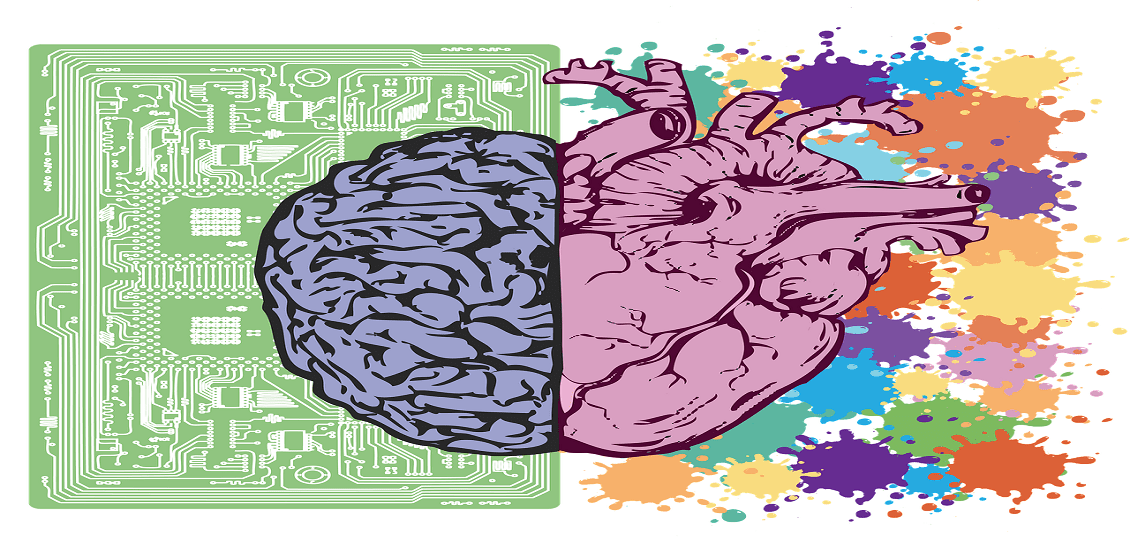By Danielle R. Gault
Andrew Parkin, former Director General of the Council of Ministers of Education of Canada, states that problem-solving skills are increasingly important for success in this dynamic, chaotic technological-based economy of the 21st century. As we move to more complex workplace problem-solving roles, we must learn to think outside the box and not jump to the first answer to any problem. One of the greatest challenges in problem-solving is resisting the temptation to accept the first answer to a problem. Once you have an answer, you stop searching for more possibilities. Complex situations call for deeper analysis. Given the complexity of workplace problems, teams find better solutions when they draw on different perspectives and standard problem-solving tools.
Cognitive diversity is the understanding of different perspectives, techniques and methods individuals use to categorize, predict and find solutions to problems. Applying cognitive diversity problem-solving tools, teams and individuals have a better chance of finding creative outcomes that help them to visualize, mobilize, and actualize effective change results.
Since the 1980’s, change is not an event any longer; it is a way of life as our technologies, communications processes, multiculturalism, along with our economic and highly competitive marketplace requires that we tap into diverse cognitive perceptions to increase our approaches for dealing with change. By making more connections, identifying more nuances and possibilities, teams and companies stand a better chance at responding to the complex and highly ambiguous challenges of the 21st century.
At the heart of change lies the change problem; that is, some future state is to be realized, some current state is to be left behind, and some structured, organized process for getting from the one to the other is to be identified. Change can be made easier with the following insights, strategies and tools:
Change Leadership – Work has become more cognitive and less physical while at the same time requiring employees to adapt to change constantly, which can cause stress and anxiety. When organizations must change the way they do things due to external forces in the market place, changes in regulations, or consumer demands, leaders will have to recognize and confront their staffs’ resistance to change. Leaders can minimize the resistance and stress by speaking of the change and how it aligns to the organization’s vision and mission; by presenting the benefits of the change to each employee; and by engaging and informing employees of the change in advance.
Creative Problem-Solving Tools – Since change is a constant and leaders have to create new beginnings, visions, directions or goals, it is important to use creative thinking tools such as: creating a problem statement, brainstorming outcomes, flushing out obstacles, using force-field analysis methods to weigh the pros and cons, creating action items, as well as producing a specific plan that can be monitored, evaluated and revised.
While walking the professional tightrope, stay empowered during change processes by drawing on diverse perspectives and creative problem-solving tools. Successful change processes include: Visualization, Mobilization, and Actualization.
About
Danielle Gault has her credentials in Psychology & Human Resources Management and has led numerous programs in teambuilding, change management, supervisor training and one-on-one coaching for managers. She combines her Western approach with her interest in the Eastern natural healing arts to support people in taking a more active role in the control, direction, and shaping of their lives. http://www.wellness-training-services.com and http://www.corporate-training-services.com









































